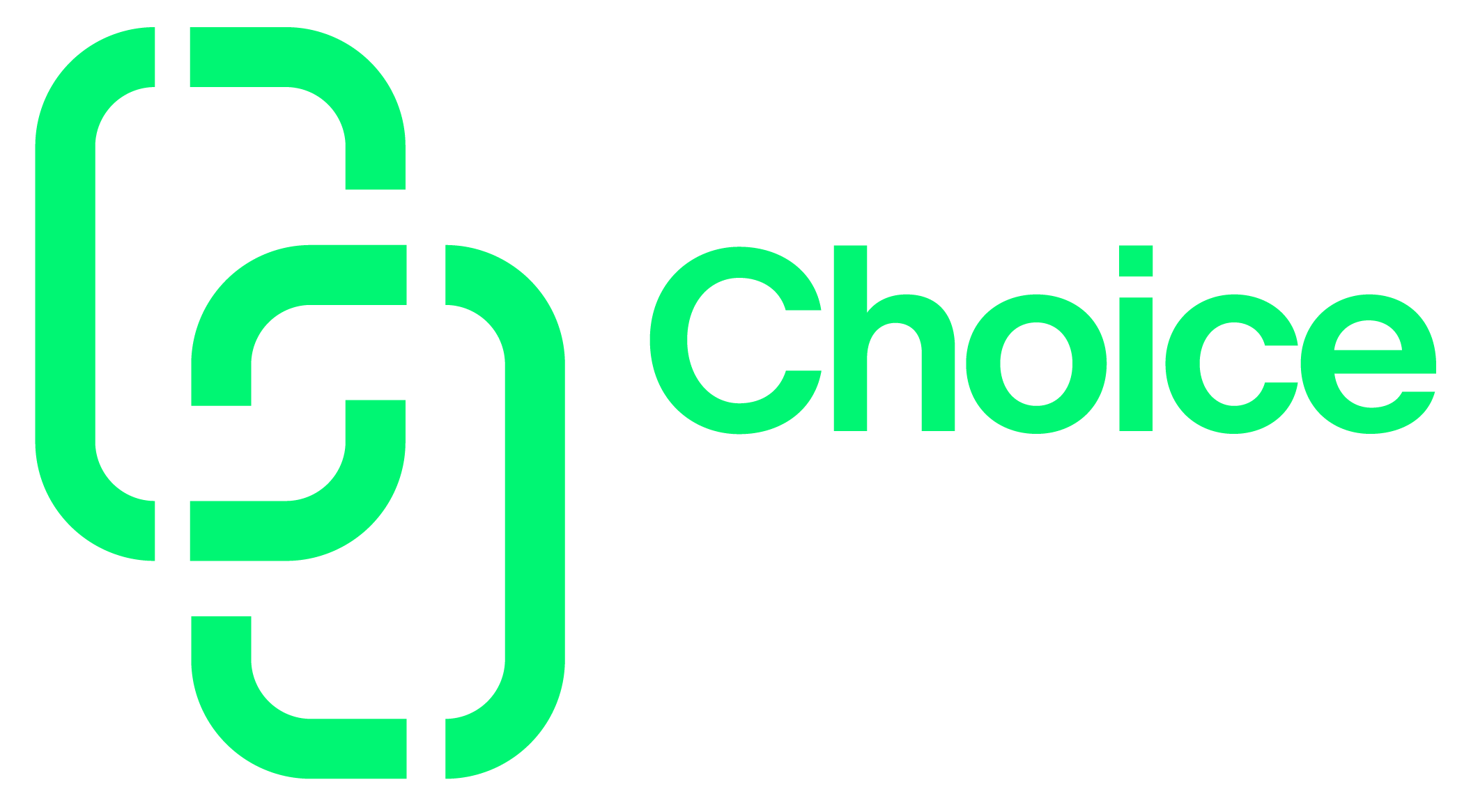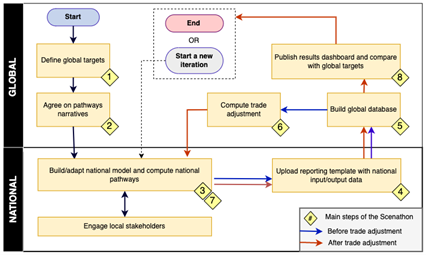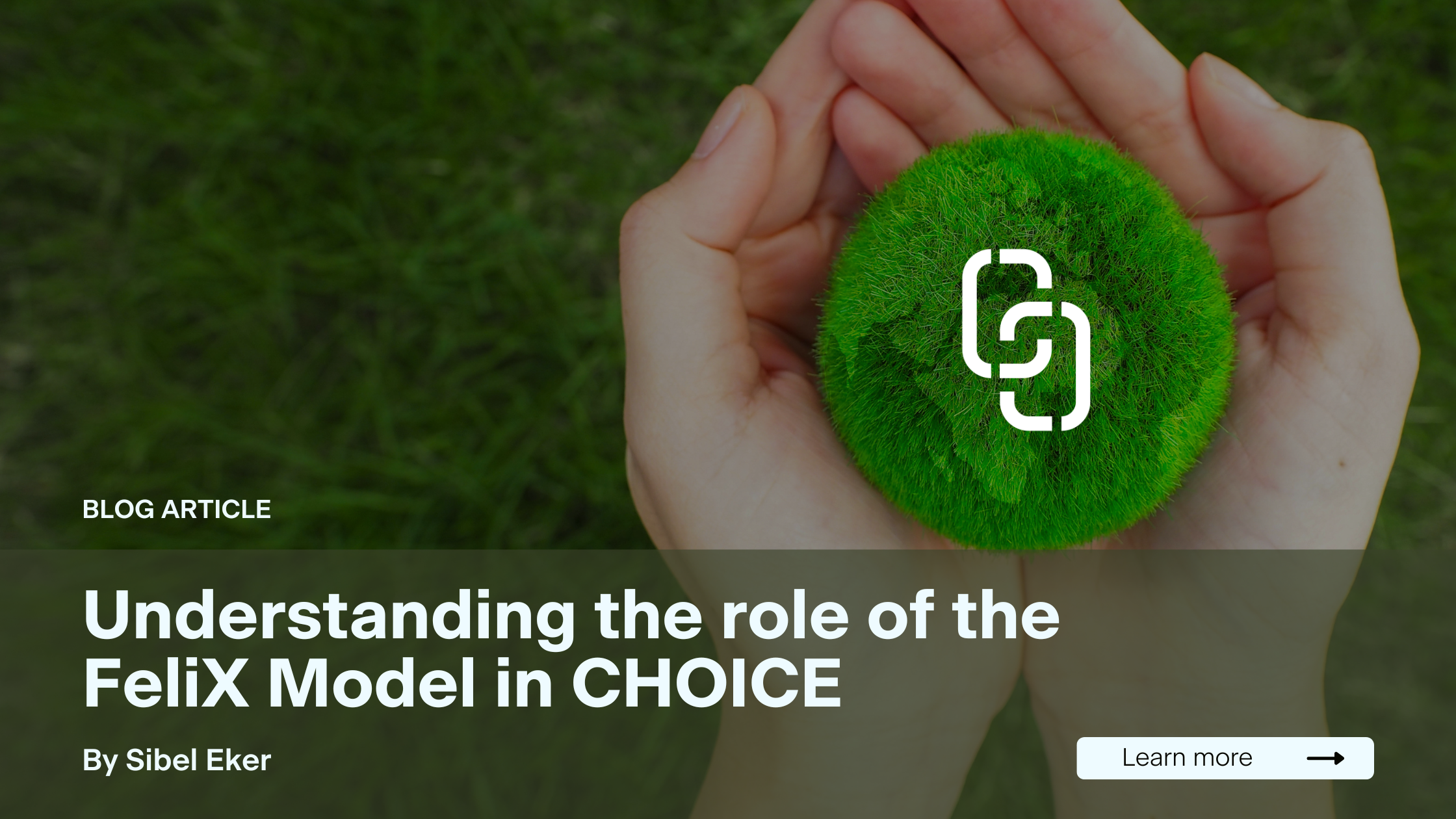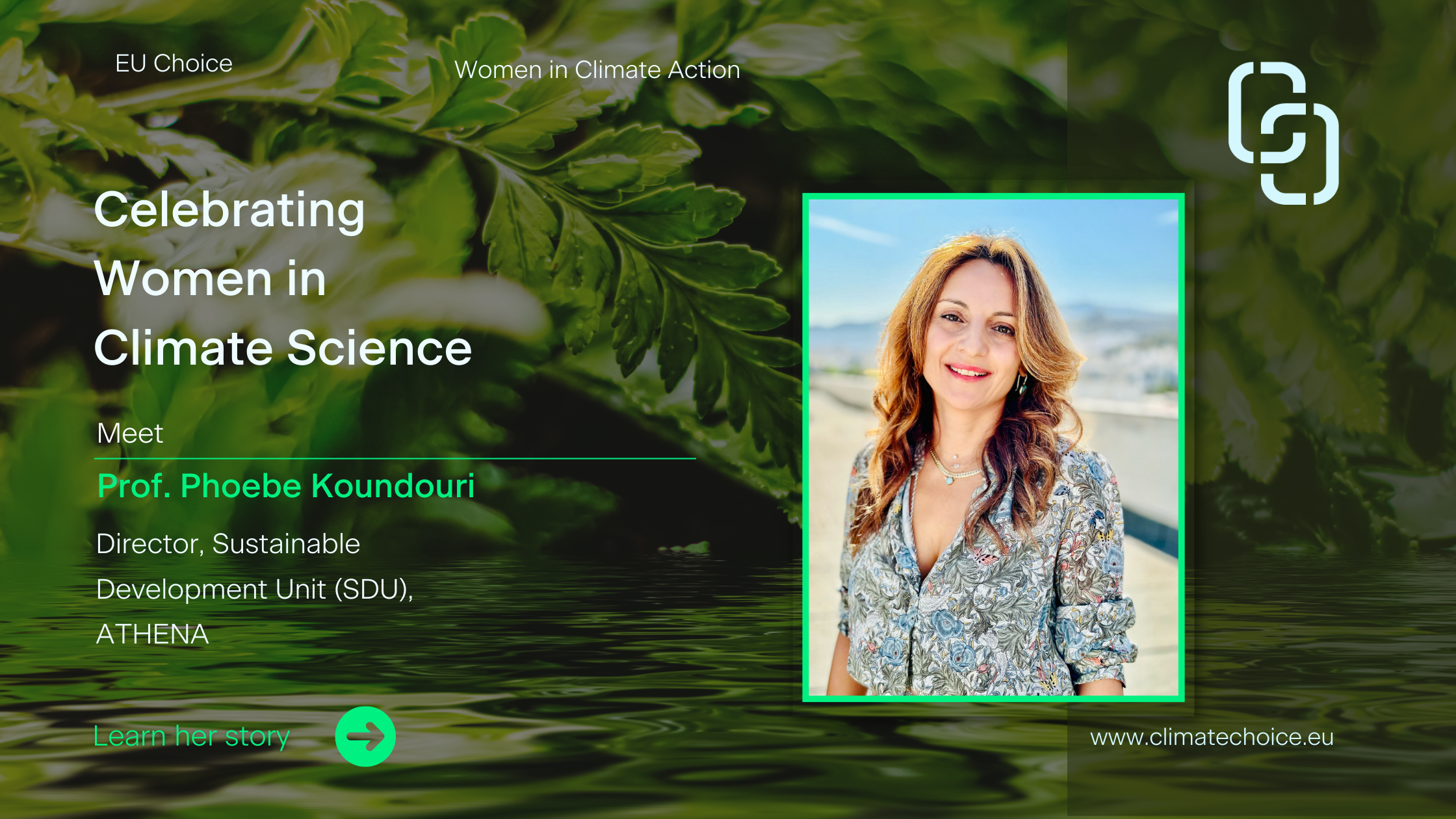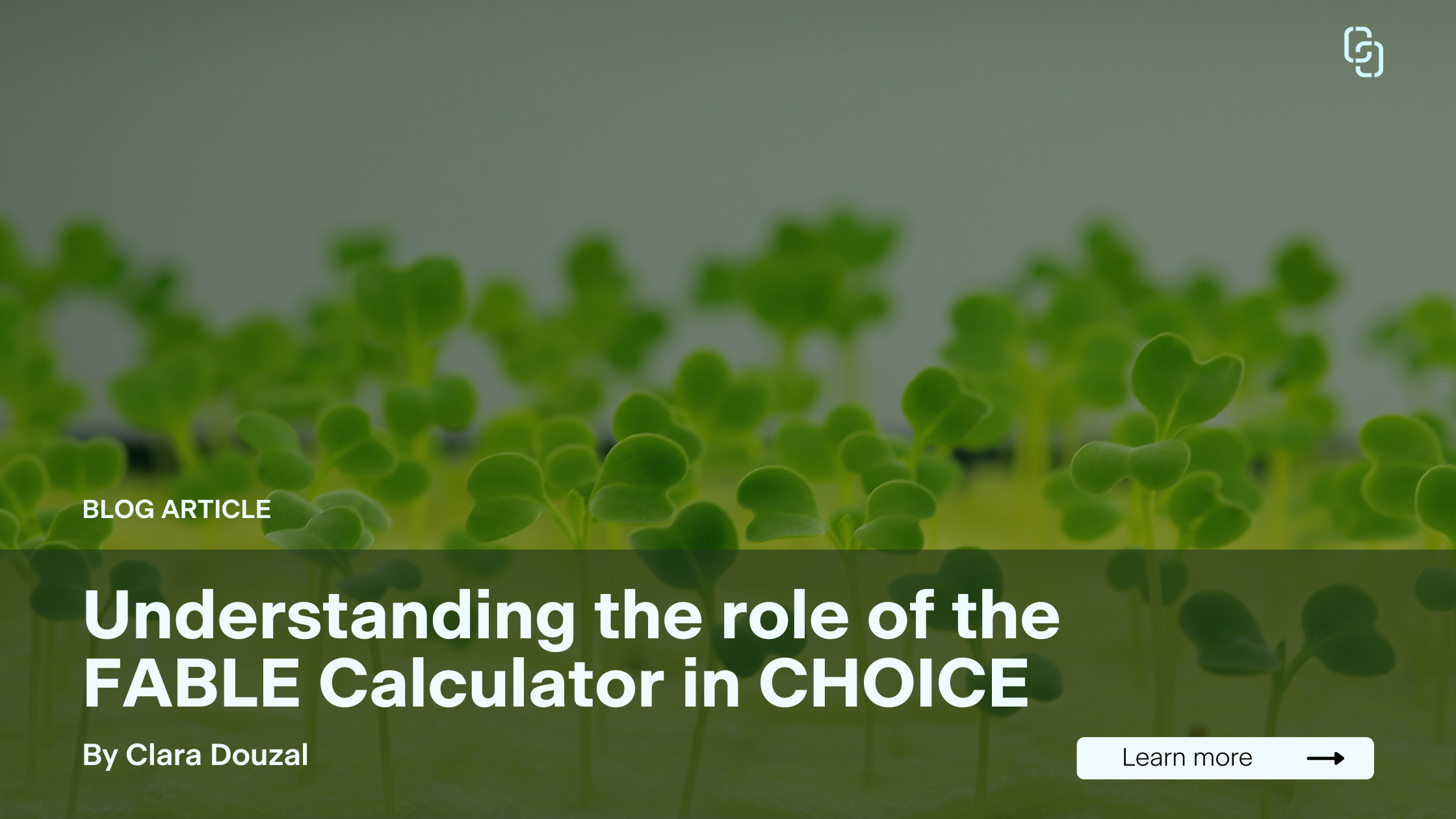
Empowering Sustainable Food Systems: The Role of the FABLE Calculator in CHOICE
Introduction
The Food, Agriculture, Biodiversity, Land-Use, and Energy (FABLE) Consortium is a global network of research organizations dedicated to developing long-term pathways for food and land-use systems, that are consistent with the achievement of global sustainability goals. By connecting local experts worldwide from inter-disciplinary backgrounds through a global network, FABLE fosters cross-country learning and innovation in modeling and stakeholder engagement to address critical challenges in nutrition and food security, agricultural production, biodiversity protection and climate mitigation.
FABLE has developed the FABLE Calculator, an Excel-based model that computes the evolution of agriculture, land use and land use change, and consumption with flexible scenario design up to 2050.
Within the CHOICE project, the FABLE Calculator is used as a simplified IAM for stakeholder engagement in three pilot countries. Its integration in CHOICE focuses on enhancing the model’s transferability and usability, increasing the number of health and biodiversity indicators represented, and incorporating new, impactful scenarios specific to each pilot country’s context.
What is the FABLE Calculator
The FABLE Calculator (Mosnier et al., 2020) is an open and free Excel-based accounting tool used to study the potential evolution of food and land-use systems from 2000 to 2050. It focuses on agriculture as the main driver of land-use change and tests the impact of different policies and changes in the drivers of these systems through the combination of many scenarios. It includes 76 raw and processed agricultural products from the crop and livestock sectors and relies extensively on the FAOSTAT (2023) database for input data (FAO, 2023).
For every 5-year time step over the period 2000-2050, the Calculator computes the level of agricultural activity, land use change, food consumption, trade, greenhouse gas (GHG) emissions, water use, and biodiversity conservation according to selected scenarios. Users can replace data from global databases with national or subnational data. The FABLE Calculator emphasizes transparency and ease of use to facilitate cross-sector discussions and create a shared vision for transforming food and land-use systems.
Through the FABLE Scenathon (Mosnier et al., 2023) presented in Figure 1 below, an iterative process that integrates national and global perspectives, we can track the gap between national pathways and global sustainability goals, as well as the risk of exceeding planetary boundaries, ensuring alignment with global objectives and consistent trade assumptions.
Figure 1– Overview of the iterative stepwise FABLE modelling approach to integrate national and global scales: the “Scenathon” approach.
(Source: Mosnier et al, 2023)
The process described in Figure 1 involves setting global targets based on scientific literature and policy commitments, such as ending undernourishment by 2030, halting deforestation by 2030, expanding areas where biodiversity can strive, and limiting AFOLU GHG emissions to levels compatible with the Paris Climate Agreement by 2050. Throughout this process, local researchers and experts who represent FABLE country teams engage stakeholders to improve their national models, collect input on the scenarios, and ensure that pathways have practical relevance and align with national priorities.
Through the CHOICE project, the FABLE Calculator is being enhanced to incorporate stakeholder-driven scenarios and address critical challenges in agriculture, climate, and biodiversity.
How FABLE is used in CHOICE
In CHOICE, FABLE’s integration drives innovation and collaboration to address key challenges linked to agriculture, climate, biodiversity, food security, and food and nutrition security. Key enhancements include:
- National-level pledges: CHOICE leverages FABLE to co-create national food and agriculture pledges. A web-based scenario explorer and dashboard will enhance user engagement and provide actionable insights for policymakers and stakeholders.
- Sustainability scenarios: CHOICE introduces advanced scenarios addressing consumers’ choice and green farming practices. Through partnerships with other IAMs like GLOBIOM, FABLE will incorporate consumers’ choice heterogeneity and agricultural practices that are most relevant for each CHOICE pilot case. Scenarios co-design with stakeholders in the pilot countries will ensure testing a large range of options.
- Assessment of synergies and trade-offs with biodiversity, water, health, Climate Change impact, and socio-economic indicators: The spatialization of the FABLE Calculator land use change projections will be performed through downscaling to better account for biophysical constraints and land heterogeneity.
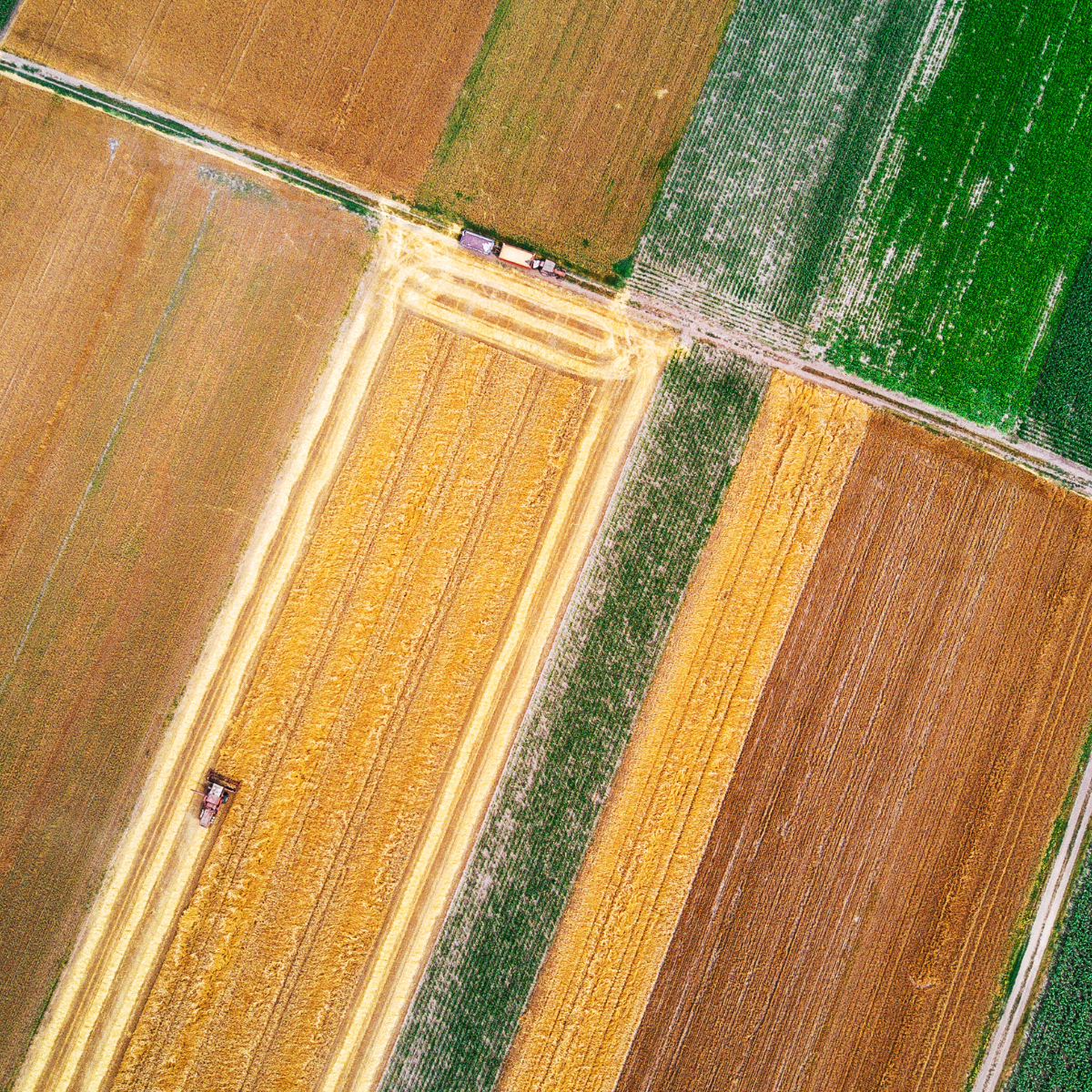

Real-World Applications and Benefits
In Wales, UK, policymakers wished to explore alternative configurations for sustainable land use. With the FABLE Calculator, the UK team tested two contrasting scenarios of a land sparing versus a land sharing approach (Jones et al., 2023). The policymakers saw similar benefits for GHG emissions in both scenarios, but greater gains for biodiversity in the land sharing approach. The results showed policymakers that alternative configurations of land use were possible for Wales. The findings provided compelling evidence for including the policy of seeking a dietary shift in the Welsh population for both health and planetary outcomes in their Low Carbon delivery plan, and the outputs continue to have significant impact on policy thinking in Wales.
Since 2019, the FABLE Mexican team collaborated with the Mexico’s Secretary of Agriculture and Rural Development (SADER) to provide technical expertise using the FABLE Calculator and conducted analyses aimed at devising integrated, long-term land-use pathways. To assess the impact of certain policies using national data, the FABLE Mexico Calculator had to be enhanced to represent another type of corn that is central in Mexican production and diets. The resulting co-developed pathways have helped evaluate cross-sectoral public policies and explore how the agricultural sector can foster synergistic outcomes to enhance sustainability efforts.
The FABLE US team, together with the Platform for Agriculture and Climate Transformation (PACT), are working on modelling the potential impacts of Inflation Reduction Act (IRA) investments on U.S. agricultural emissions under a range of implementation scenarios. The primary focus of this study is on producing results that credibly and transparently represent the GHG impacts of IRA and Farm Bill investments in climate-smart agriculture.
FABLE findings have been featured in the UNEP Emission Gap Report (UNEP, 2022), the SDSN Sustainable Development Report 2024 (Sachs et al., 2024), and the State of Food and Agriculture 2024 Report (FAO, 2024). FABLE has also published policy briefs evaluating impacts of diet shifts (FABLE, 2021), net-zero strategies for the AFOLU sector (FABLE, 2022), and land-use policies’ contribution to achieving global biodiversity targets (FABLE, 2022).
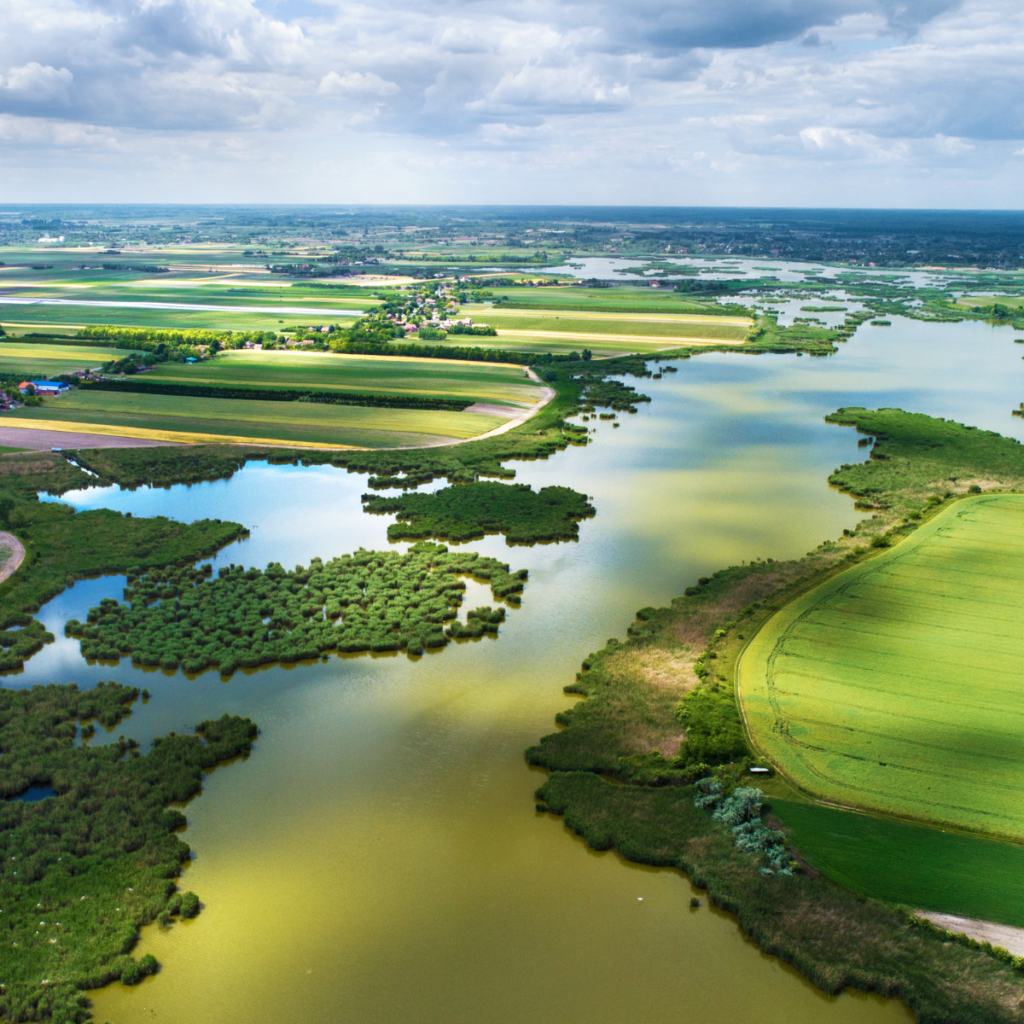
Conclusion
FABLE is a cornerstone of CHOICE’s mission to transform food and land-use systems for a sustainable future. Its transparent, user-friendly approach bridges scientific research with policy needs, empowering stakeholders to make informed decisions. The FABLE-C is open and free and has been generated and transferred to researchers from around 40 different countries and economies. This tool is being co-developed with the FABLE secretariat and spread across three institutes and the large user community. It allows for rapid changes in the tool to tackle new challenges of food and land systems. The usability of the tool is also continuously improved to ensure that it is complementary to other IAMs allowing more flexibility and interactions with non-modelers but also using other IAMs’ results to address limitations of the tool.
As CHOICE enhances and applies FABLE’s capabilities, it sets the stage for more inclusive, actionable, and impactful sustainability strategies.
Learn more!
To learn more about FABLE Calculator, you may visit the FABLE Consortium website.
References
- Mosnier A, Penescu L, Pérez-Guzmán K, et al. FABLE Calculator 2020 update. Published online 2020. doi:10.22022/ESM/12-2020.16934
- Mosnier A, Javalera-Rincon V, Jones SK, et al. A decentralized approach to model national and global food and land use systems. Environ Res Lett. 2023;18(4):045001. doi:10.1088/1748-9326/acc044
- Jones SM, Smith AC, Leach N, Henrys P, Atkinson PM, Harrison PA. Pathways to achieving nature-positive and carbon–neutral land use and food systems in Wales. Reg Environ Change. 2023;23(1):37. doi:10.1007/s10113-023-02041-2
- UNEP, ed. The Closing Window: Climate Crisis Calls for Rapid Transformation of Societies. United Nations Environment Programme; 2022.
- Sachs JD, Lafortune G, Fuller G. The SDGs and the UN Summit of the Future. Sustainable Development Report 2024. Published online 2024. doi:10.25546/108572
- The State of Food and Agriculture 2024. FAO; 2024. doi:10.4060/cd2616en
- Wu GC, Baker JS, Wade CM, McCord GC, Fargione JE, Havlik P. Contributions of healthier diets and agricultural productivity toward sustainability and climate goals in the United States. Sustain Sci. 2023;18(1):539-556. doi:10.1007/s11625-022-01232-w
- FABLE. Environmental and Agricultural Impacts of Dietary Shifts at Global and National Scales. Sustainable Development Solutions Network; 2021.
- FABLE. National food and land mitigation pathways for net zero. Published online October 27, 2022. doi:10.5281/ZENODO.10949669
- FABLE. Pathways for Food and Land Use Systems to Contribute to Global Biodiversity Targets. Alliance of Bioversity International and the International Center for Tropical Agriculture & Sustainable Development Solutions Network (SDSN); 2022.
